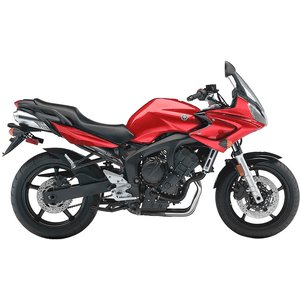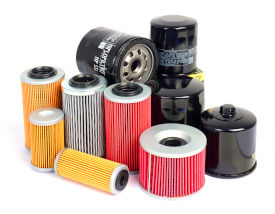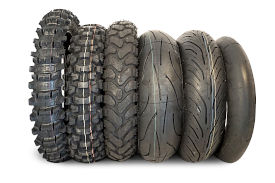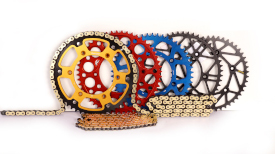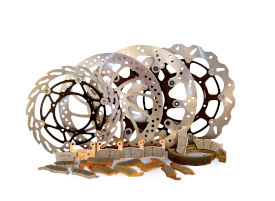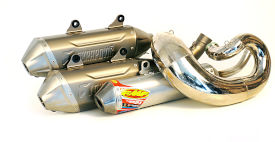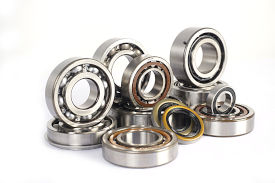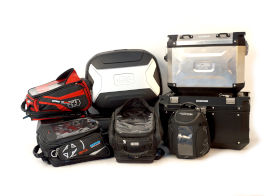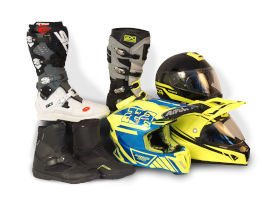Yamaha FZ 6 S (2004-2009): The Swiss Army Knife of Middleweight Motorcycles
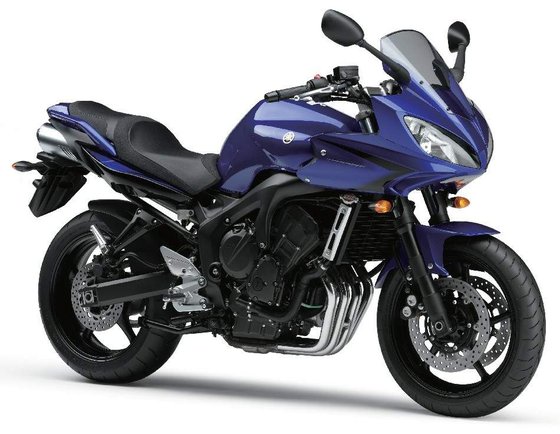
Introduction
The Yamaha FZ 6 S, also known as the Fazer in some markets, isn’t just a motorcycle—it’s a statement of versatility. Produced from 2004 to 2009, this generation carved its niche as a do-it-all machine that borrowed the soul of Yamaha’s R6 supersport but wrapped it in a package designed for real-world usability. Whether you’re slicing through city traffic, carving backroads, or touring two-up, the FZ 6 S delivers a balanced blend of performance and practicality. Let’s dissect why this bike remains a favorite among riders who refuse to be pigeonholed.
Design & Ergonomics: Form Meets Function
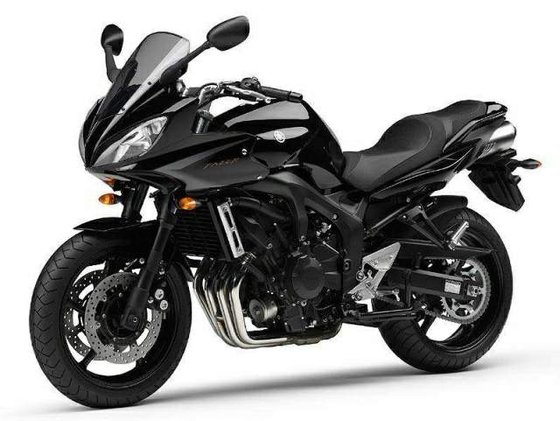
Aggressive Yet Approachable Styling
The FZ 6 S strikes a visual balance between sportiness and approachability. Its half-fairing—reminiscent of the FZ1—houses dual “cat-eye” headlights that give it a predatory stare. The fairing isn’t just for looks; it deflects wind effectively, reducing fatigue on highways. The under-seat exhaust (a rarity in its class) keeps the tail section clean, while the 19.4-liter fuel tank (5.1 US gallons) ensures fewer fuel stops.
Rider-Focused Ergonomics
With a seat height of 795 mm (31.3 inches), the FZ 6 S accommodates riders of varying statures. The upright handlebars and slightly forward footpegs create a relaxed riding triangle, ideal for commuting or all-day rides. The one-piece seat is firm but supportive, and passenger grab rails add practicality for touring.
Engine & Performance: R6 DNA, Retuned for the Streets
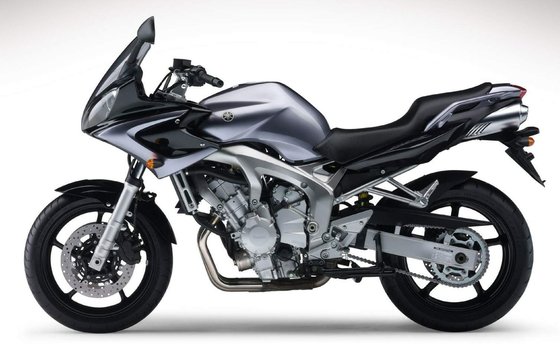
The Heart of the Matter
At its core lies a 599cc inline-four derived from the YZF-R6S. Key differences include milder cam profiles and revised intake tracts, prioritizing midrange punch over peak horsepower. The result? A broad powerband that’s usable from 5,500 RPM all the way to its 12,000 RPM redline.
- Power Output: 72 kW (98 HP) @ 12,000 RPM
- Torque: 63.1 Nm (46.5 lb-ft) @ 10,000 RPM
- Fuel System: Mikuni 36mm throttle-body fuel injection
Riding the Power Curve
Twist the throttle, and the FZ 6 S responds with a linear surge rather than a violent hit. Below 6,000 RPM, it’s docile enough for city crawling, but past 8,000 RPM, the engine wakes up with a howl reminiscent of its supersport sibling. The 6-speed transmission shifts smoothly, though the cable-operated clutch can feel heavy in stop-and-go traffic.
Fuel Efficiency & Range
With an average consumption of 22 km/l (52 mpg), the FZ 6 S offers a theoretical range of 420 km (260 miles)—a boon for touring. The fuel injection system, while simpler than the R6’s sequential setup, avoids the surging issues common in early FI systems.
Handling & Ride Experience: Precision Meets Comfort
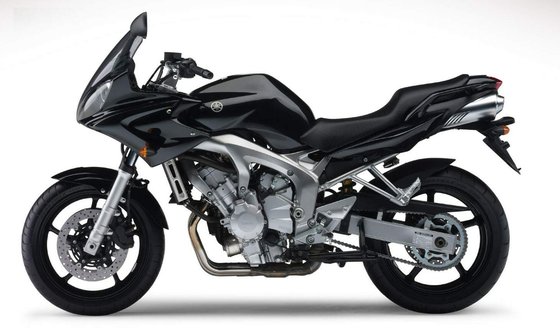
Chassis Dynamics
The twin-spar aluminum frame—crafted using Yamaha’s Controlled Fill die-cast technology—strikes a rigidity balance that favors agility without sacrificing stability. Paired with a 1,440 mm (56.7-inch) wheelbase and 25 degrees of rake, the FZ 6 S feels flickable in corners yet planted at speed.
Suspension & Brakes
- Front: 43mm telescopic forks (130 mm / 5.1 inches of travel)
- Rear: Linkless Monocross shock (130 mm / 5.1 inches travel, 7-way preload adjustable)
The suspension is tuned for comfort, absorbing potholes and expansion joints effortlessly. However, aggressive riders might crave more damping control for track days.
Braking duties are handled by dual 298mm front discs with 4-piston calipers (borrowed from the R6S) and a single 245mm rear disc. While adequate for street use, upgrading to sintered pads improves bite during spirited rides.
Tires & Grip
Stock 120/70-ZR17 front and 180/55-ZR17 radial tires offer predictable grip, though modern rubber like Michelin Road 6s can elevate cornering confidence.
Competition: How Does the FZ 6 S Stack Up?
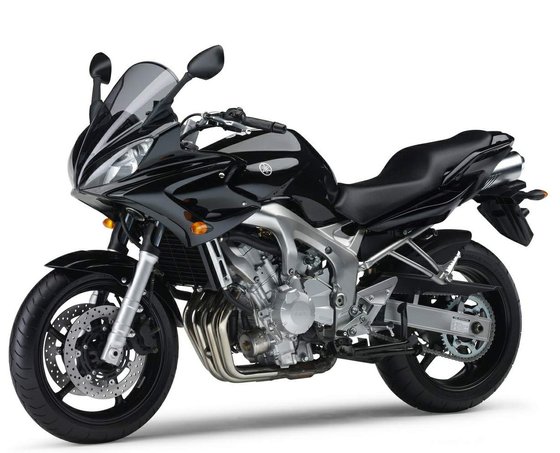
Suzuki SV650
- Pros: Lighter (178 kg / 392 lbs), torquey V-twin character, lower seat height.
- Cons: Less peak power, carbureted (pre-2007 models).
Verdict: The SV650 appeals to riders craving low-end grunt, while the FZ 6 S caters to those wanting high-rev thrills.
Honda CB600F (599)
- Pros: Iconic inline-four sound, minimalist design.
- Cons: Carbureted, dated chassis.
Verdict: The Honda’s analog charm battles the Yamaha’s modern FI and versatility.
Kawasaki Ninja 650R
- Pros: Parallel-twin smoothness, full fairing.
- Cons: Less exciting top-end, heavier (216 kg / 476 lbs).
Verdict: The Ninja is a better tourer, but the FZ 6 S dominates in sporty riding.
Maintenance: Keeping the FZ 6 S in Prime Condition
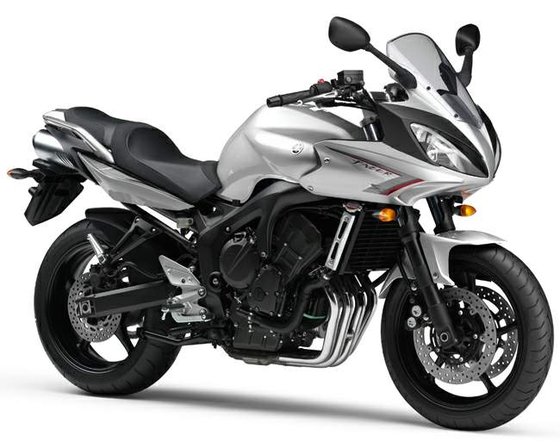
Key Service Intervals
- Valve Clearance: Every 42,000 km (26,000 miles)
- Intake: 0.13–0.20 mm (0.005–0.008 in)
- Exhaust: 0.23–0.30 mm (0.009–0.012 in)
- Oil Changes: Every 6,000 km (3,700 miles) with SAE 10W-40 (2.8L with filter)
- Coolant: Replace every 2 years (2.0L of ethylene glycol)
- Chain: 118-link O-ring chain; adjust slack to 25–35 mm (1–1.4 in)
Common Upgrades & Repairs
- Exhaust: The stock system is quiet; an aftermarket slip-on (e.g., Akrapovič) unlocks the inline-four’s true voice.
- Suspension: Progressive springs or a YSS shock improve handling for heavier riders.
- Brakes: Steel-braided lines from MOTOPARTS.store enhance lever feel.
Conclusion: A Jack of All Trades That Masters Most
The Yamaha FZ 6 S isn’t the sharpest tool in the shed—it’s the one you reach for when you need to do everything. Its R6-derived engine, forgiving ergonomics, and timeless design make it a compelling choice for riders who value flexibility. While newer bikes offer tech like ride modes and TFT dashes, the FZ 6 S thrives on mechanical simplicity and a engaging ride.
For owners, maintaining its charm is straightforward with quality aftermarket support. Whether you’re refreshing its suspension or dialing in a custom exhaust, MOTOPARTS.store has the components to keep this Yamaha legend rolling for another decade.
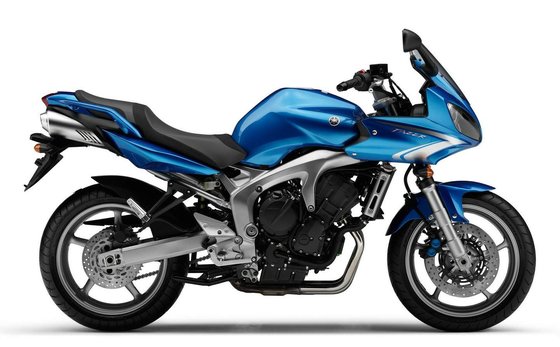





Specifications sheet
| Engine | |
|---|---|
| Stroke: | Four-stroke |
| Max power: | 72 kW | 97.0 hp |
| Max torque: | 63 Nm |
| Fuel system: | Mikuni 36mm throttle body fuel injection |
| Lubrication: | Wet sump |
| Max power @: | 12000 rpm |
| Displacement: | 599 ccm |
| Max torque @: | 10000 rpm |
| Bore x stroke: | 65.5 x 44.5 mm (2.6 x 1.8 in) |
| Configuration: | Inline |
| Cooling system: | Liquid |
| Compression ratio: | 12.2:1 |
| Number of cylinders: | 4 |
| Dimensions | |
|---|---|
| Wheelbase: | 1440 mm (56.7 in) |
| Dry weight: | 186 |
| Seat height: | 795 mm (31.3 in) |
| Overall width: | 750 mm (29.5 in) |
| Overall height: | 1210 mm (47.6 in) |
| Overall length: | 2095 mm (82.5 in) |
| Ground clearance: | 145 mm (5.7 in) |
| Fuel tank capacity: | 19.4 L (5.1 US gal) |
| Drivetrain | |
|---|---|
| Final drive: | chain |
| Chain length: | 118 |
| Transmission: | 6-speed, cable-operated wet clutch |
| Rear sprocket: | 46 |
| Front sprocket: | 16 |
| Maintenance | |
|---|---|
| Engine oil: | 10W40 |
| Idle speed: | 1300 ± 50 RPM |
| Brake fluid: | DOT 4 |
| Spark plugs: | NGK CR9EK |
| Spark plug gap: | 0.7 |
| Coolant capacity: | 2.0 |
| Forks oil capacity: | 0.934 |
| Engine oil capacity: | 2.8 |
| Engine oil change interval: | Every 5000 km or 2 years |
| Valve clearance (intake, cold): | 0.10–0.20 mm |
| Valve clearance check interval: | 24,000 km / 15,000 mi |
| Valve clearance (exhaust, cold): | 0.20–0.30 mm |
| Recommended tire pressure (rear): | 2.5 bar (36 psi) solo, 2.8 bar (41 psi) with passenger |
| Recommended tire pressure (front): | 2.25 bar (33 psi) |
| Chassis and Suspension | |
|---|---|
| Frame: | Aluminum twin-spar |
| Rear tire: | 180/55-z-17 |
| Front tire: | 120/70-z-17 |
| Rear brakes: | Single 245 mm disc, 1-piston caliper (ABS optional) |
| Front brakes: | Dual 298 mm discs, 2-piston calipers (ABS optional) |
| Rear suspension: | Linkless monoshock, 7-way adjustable preload |
| Front suspension: | 43mm telescopic fork, non-adjustable |
| Rear wheel travel: | 130 mm (5.1 in) |
| Front wheel travel: | 130 mm (5.1 in) |



